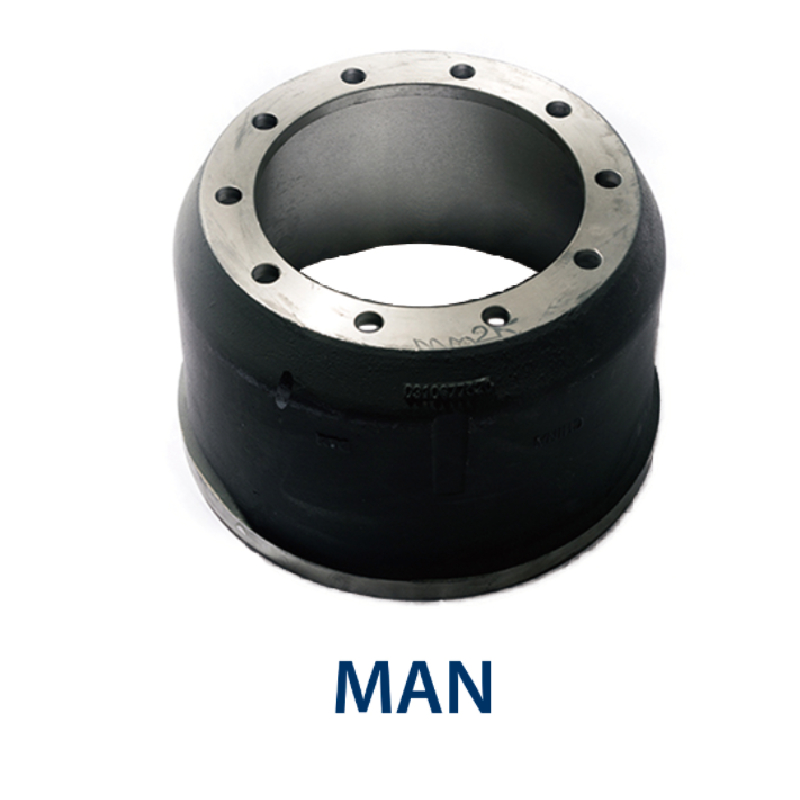Sep . 04, 2024 21:43 Back to list
How to Measure Brake Drum Thickness
How to Measure Brake Drum Thickness
Brake drums are a critical part of your vehicle's braking system. They work in conjunction with brake shoes to provide the necessary friction to slow down or stop your vehicle. Over time, brake drums can wear down, affecting their performance and safety. Consequently, measuring brake drum thickness is essential to ensure they are functioning properly. Here’s a step-by-step guide on how to measure brake drum thickness effectively.
Tools You'll Need
Before you begin, gather the necessary tools. You will need
1. A caliper (digital or dial) 2. A brake drum gauge (optional) 3. A clean cloth or brake cleaner
Step-by-Step Guide
1. Safety First Always prioritize safety when working on your vehicle. Ensure the car is parked on a level surface, engage the parking brake, and wear safety glasses.
2. Remove the Wheel Loosen the lug nuts of the wheel where the brake drum is located. Use a jack to lift the vehicle and then completely remove the wheel to access the brake drum.
how to measure brake drum thickness

3. Inspect the Drum Look for visible signs of wear, such as scoring, cracks, or significant discoloration. These issues can indicate that the drum may need to be replaced rather than just measured.
4. Clean the Drum Before taking measurements, use a clean cloth or brake cleaner to remove any dirt, dust, or grease from the brake drum’s surface. A clean surface will give you a more accurate measurement.
5. Take the Measurement Using a caliper or brake drum gauge, measure the thickness of the drum at various points along the surface. It's crucial to measure in multiple locations because drums can wear unevenly. The measurements should generally be taken in at least three separate places around the drum.
6. Compare with Specifications Check the vehicle's service manual for the manufacturer’s specifications on minimum brake drum thickness. If the measurement falls below this threshold, the drum needs to be replaced.
7. Reassembly After taking the measurements, reinstall the wheel by tightening the lug nuts in a crisscross pattern to ensure even pressure. Lower the vehicle back to the ground safely.
8. Regular Maintenance It’s a good practice to measure your brake drum thickness regularly, especially if you notice any changes in your vehicle's braking performance.
Conclusion
Measuring the brake drum thickness is a straightforward yet vital part of vehicle maintenance. Regular checks can help maintain the integrity of your braking system, offering better safety and performance on the road. If you’re ever in doubt about your measurements or the condition of your brake drums, consulting with a professional mechanic is highly recommended. Keeping your braking system in top shape ensures a safer driving experience for you and your passengers.
-
Scania Brake Drums: OEM Quality for Optimal Safety & Durability
NewsAug.16,2025
-
R.V.I: Advanced Remote Visual Inspection for Precision
NewsAug.15,2025
-
Discover HYUNDA: Innovative Vehicles, Equipment & Solutions
NewsAug.14,2025
-
R.V.I: Unlock Advanced Insights & Real-time Performance
NewsAug.13,2025
-
Kamaz Brake Drum: Durable & Reliable for Heavy Duty Trucks
NewsAug.12,2025
-
Heavy Duty Iveco Brake Drum - Premium Quality & Safety
NewsAug.11,2025
